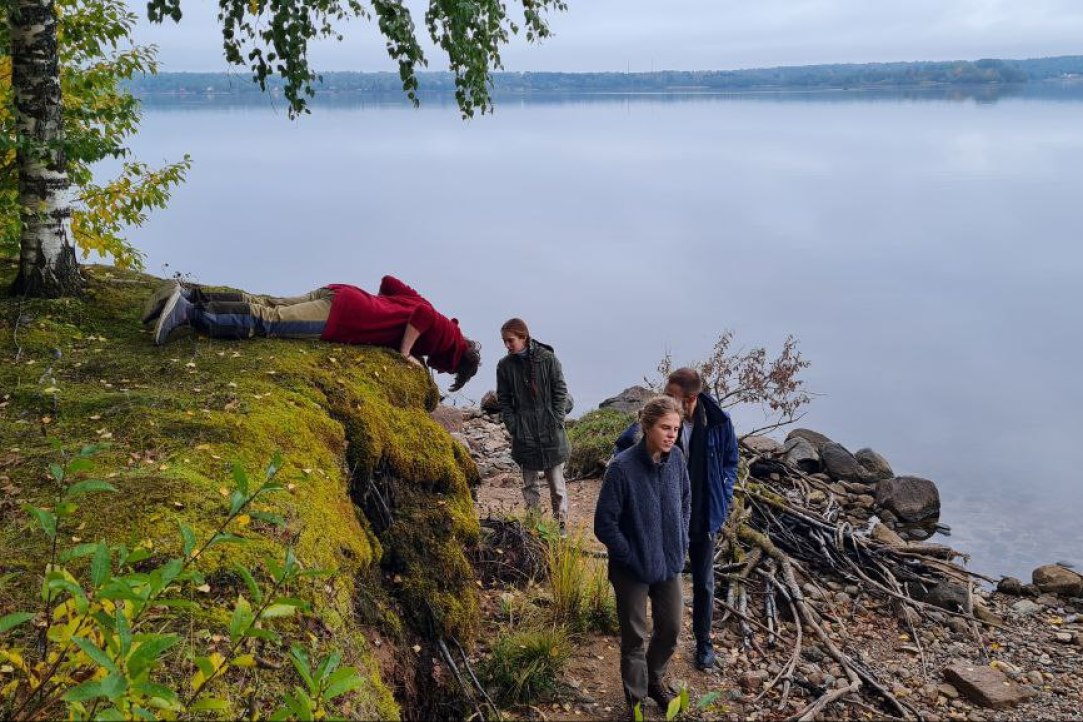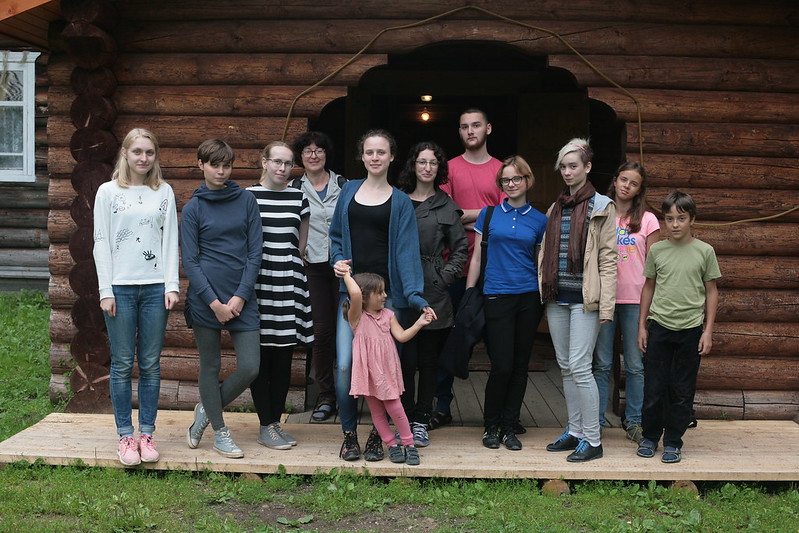News

News from the fields on Lake Velyo: the fourth trip of the Society of Field Linguists took place
On October 1-2, the fourth retreat seminar of the Society of Field Linguists took place, organized jointly by the staff of the Linguistic Convergence Laboratory and the Institute for Linguistic Studies (RSA).
In 2021, members of the Linguistic Convergence Laboratory published three articles on the Russian language in Dagestan
Dagestan is a relatively new territory for the spread of the Russian language. At the end of the 19th century, very few people spoke Russian here. In addition to indigenous languages, which Dagestan is very rich in (linguists count more than forty languages in this small territory), local people spoke Azerbaijani, Georgian, Chechen and Arabic. But there has never been a language common for all residents of Dagestan (the language of interethnic communication or lingua franca). Russian became the first such language for Dagestan.

An article by members of the Linguistic Convergence Laboratory was published in the journal “Language variation and change”
From a northern village to an academic article, or How many linguists do you need to describe variation in Russian dialect?
Website of the Atlas of Multilingualism of Daghestan Launched
Employees of the Linguistic Convergence Laboratory are working on an Atlas of Multilingualism of Daghestan. With support of the laboratory and the Collegium de Lyon a website was created recently, which can be used as a resource for the research of social and georgraphical particularities of multilingualism in Daghestan.

